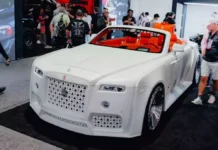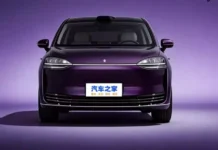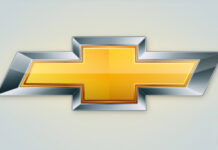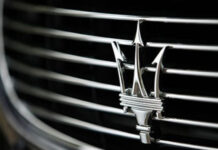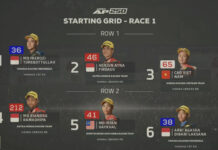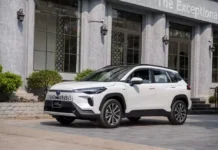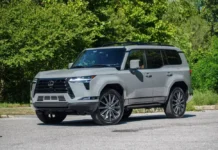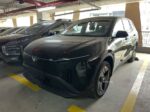Many believe that car dealerships make a killing from selling cars, and that once a dealership is ‘doing well’, the consumer loses out. However, the reality is much more complex. Let’s take a look at how car dealerships really work and where they make their profits, from the perspective of an auto sales professional.
When I negotiate with customers, there are times when I have to say, “We’re taking a loss on this price.” And the customer will often scoff and say, “Don’t lie to me. If you’re losing money, how are you still in business?”
But the truth is… we really are losing money – at least on the “front end” of the deal. So, what is the front end and back end in car sales?
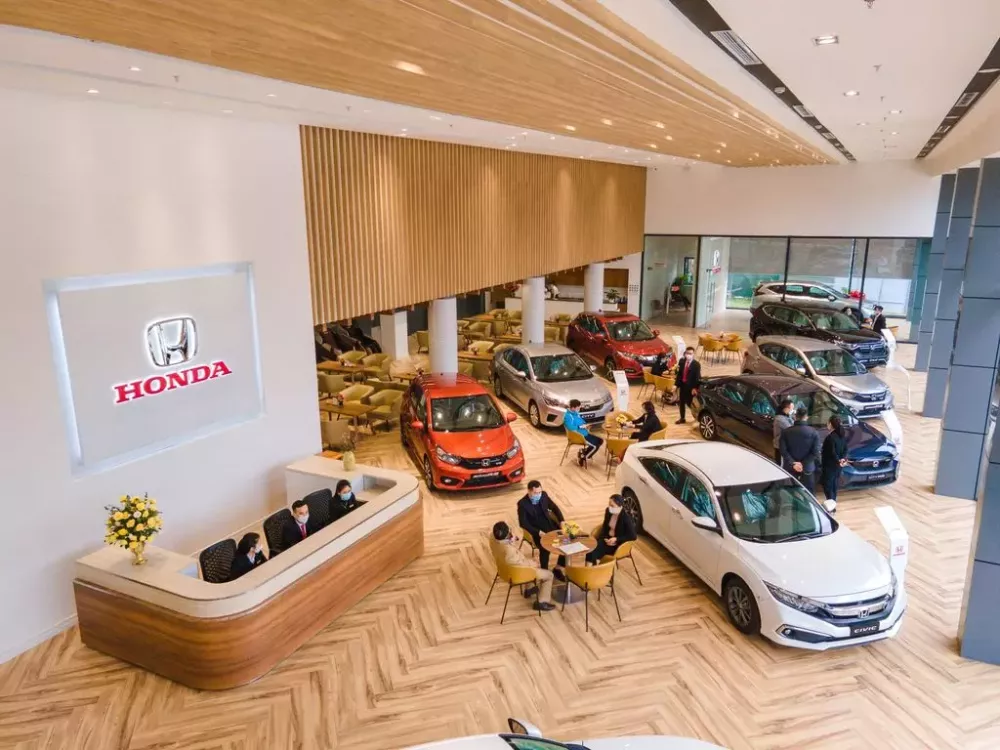
Illustration at a car dealership
“Front End” vs “Back End”: Customers Focus on the Sticker Price, Dealerships Focus on Total Profit
In the car industry, the “front end” is the part that everyone sees: the sticker price, promotions, and discounts… But the “back end” is where dealerships really make their money, and it includes financial services such as:
– Profits from customer loans signed with banks through the dealership
– Commissions from extended warranties and service packages
– And a host of other financial products
What’s more important is the big picture at the end of the month. Only when all the numbers are in—sales, profits, costs, and losses—can the dealership and sales team know if they’ve done well. This is because they also have sales bonuses, KPI bonuses, and other incentives.
For example, on a typical day of selling cars at the dealership, I might deal with four walk-in customers. The first three don’t buy, but the fourth one does. In total, the dealership sells 7 cars. Six of them are sold at a loss on the front end, totaling about $5,000 (due to deep discounts to close the deal). The seventh car, which I sold, kept its original price and made a profit of $8,000 on the front end.
The total front-end profit for the day is $3,000 – not a huge amount, but not a loss either. But the back end is where the real money is made: the dealership earned an additional $19,000 from the financial services sold to the car buyers. In total, the dealership made $22,000 in profit for the day. This is clearly a good result.
Financial Services: The Golden Goose That Customers Often Overlook
Most customers are laser-focused on haggling over the price of the car. They might argue for hours to get a $500 discount. But then they’ll sign a loan contract through the dealership without realizing they’ve just given away thousands of dollars in interest – not to mention extended warranties and service packages they don’t really need. There are also accessory packages, add-ons, sun protection film, soundproofing…
If you pay in cash, the dealership’s profit is very small. For example, on a $20,000 car, the dealership might only make a profit of $600–2,000 before expenses. After deducting employee salaries, rent, advertising, and other operating costs, the net profit is only about 1–2%, or $200–400 per car.
If you tell the dealership that you’ll be financing through them, they may be willing to lower the price of the car – even sell at a loss on the “front end” – because they know they’ll make it up on the “back end”. So, consider the interest rates and terms of any loan, especially any penalties for early repayment. If the penalty is small and the incentives outweigh the cost, plus there’s an interest-free period, you might consider taking out a loan to buy the car, getting the discounted price, and then paying off the loan after the interest-free period. This way, you get the best of both worlds: a good price and low interest, with money left over to invest elsewhere.
If you want to save money, don’t just focus on the price of the car. Look at the whole deal, especially the financial part. Dealerships may be willing to sell at a loss… as long as they make it up on the back end.








